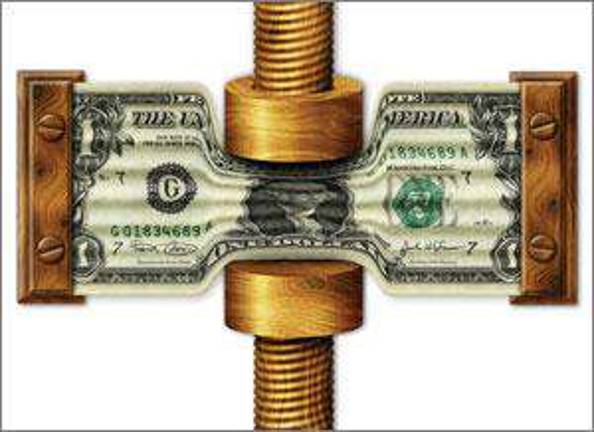Sparta school officials breathe sigh of relief

Despite cuts in aid to most of the state’s schools, Sparta sees an increase, By Joseph Harkins SPARTA - While most Sussex County school officials were sharpening their pencils, Ron Wolfe was putting his erasers away. The Sparta assistant superintendent was one of few area administrators smiling this week despite the announcement from Trenton that state funding for most school districts would be frozen again this year. Wolfe said that state funding to the Sparta schools district would actually increase by 1 percent, from $6,707,065 in 2005-2006 to $6,772,807 in Gov. Jon Corzine’s record $30.9 billion budget proposal. “The good news for us is that we will be able to keep all of our existing staff positions and maintain all programs with a minimal tax increase,” said Wolfe. “We feel good about that news considering what’s going on around us.” Under the governor’s budget proposal, Sussex County would see nominal changes or none at all in state aid for a seventh consecutive year, despite increases in inflation and expenses including salaries, insurance, and other fixed expenditures such as fuel. Wolfe said that Sparta homeowners would receive a 3.3-cent annual tax increase per $100 of assessed property value. For example, the owner of a home valued at $300,000 would see a $99 increase in property taxes during the upcoming year. In comparison, last year, Sparta homeowners were hit with a 7-cent increase per $100 of assessed property value. Fixed costs including salaries and benefits make up about 80 percent of Sparta’s annual schools budget. Wolfe said the district was able to crunch numbers without trimming staff through breakage - the practice of filling an existing position at a reduced salary after a longtime teacher or senior staff member retires or leaves the district. This year, Sparta officials plan to replace three teachers who intend to retire and add at least another senior administrator for curriculum and development district-wide. “We’re extremely cost-efficient,” said Wolfe. “We’ve weighed every expenditure. We’ve turned over and looked under every rock we could. This is the tightest budget we’ve ever had here - uncomfortably tight.” Wolfe boasted that Sparta spends $1,806 less per pupil annually than the state average of $11,241. The school board presented the numbers to Sparta residents at a meeting this week. Residents will get a chance to approve or reject the proposed budget at annual statewide school elections, 2 - 9 p.m., April 18. Sparta voters will also be asked to fill three seats on the nine-member school board. Incumbents Paul Johnson, Armen Koochigian, and Maureen Sharpe will be challenged by Mike Schill and Keith Smith and former board member Gunter Frauentreis for the three, three-year terms. Across New Jersey, direct aid to districts would remain around $7 billion under the governor’s plan. About half of the state’s districts would have no change at all, while others would get a slight boost or cut based on new enrollment figures. Even the state’s neediest districts - or so-called Abbott schools - would have to rely more on local taxes to support their budgets under the new Corzine administration strategy. “This is a shared statewide problem, and it means everybody’s got to work to meet what’s really before us, and that is a very, very severe fiscal crisis that needs to be attended to in short order for the long-term economic future of our state,” said acting education commissioner Lucille E. Davy. While direct aid remained in large part flat, Corzine proposed a $1 billion increase in education spending, largely from a $743 million boost in what the state contributes to the teachers’ pension fund. Even that doesn’t fully fund what’s required.